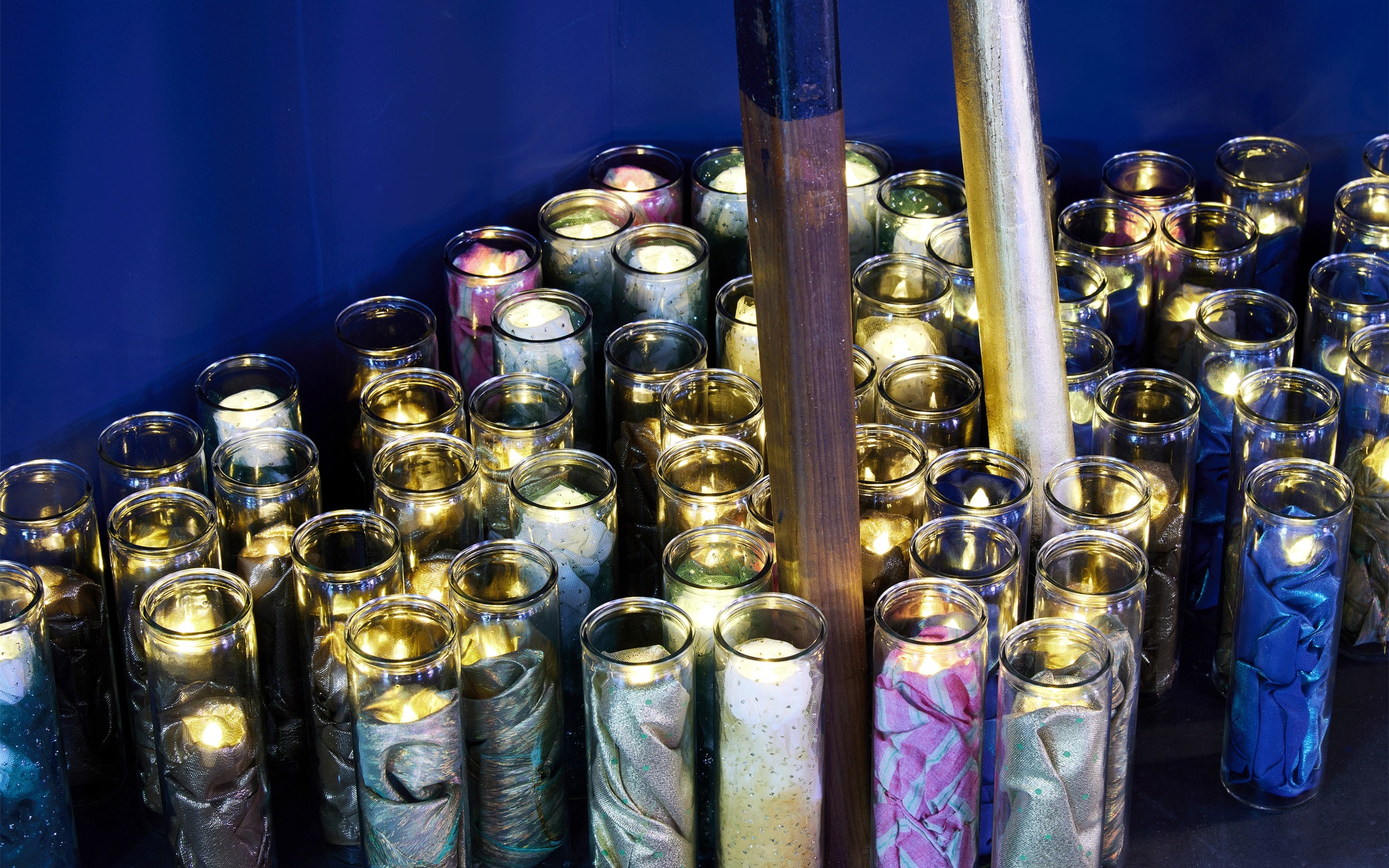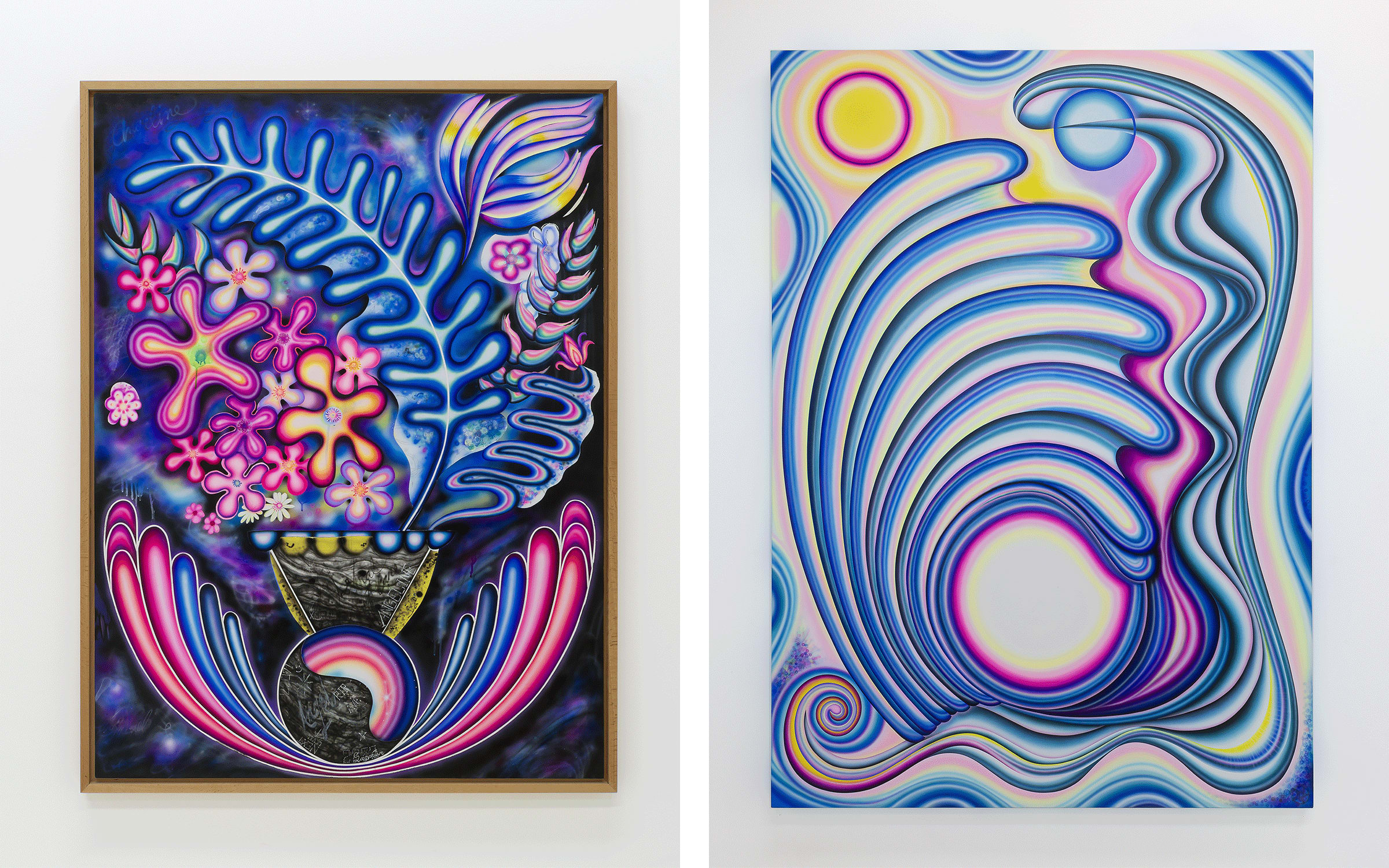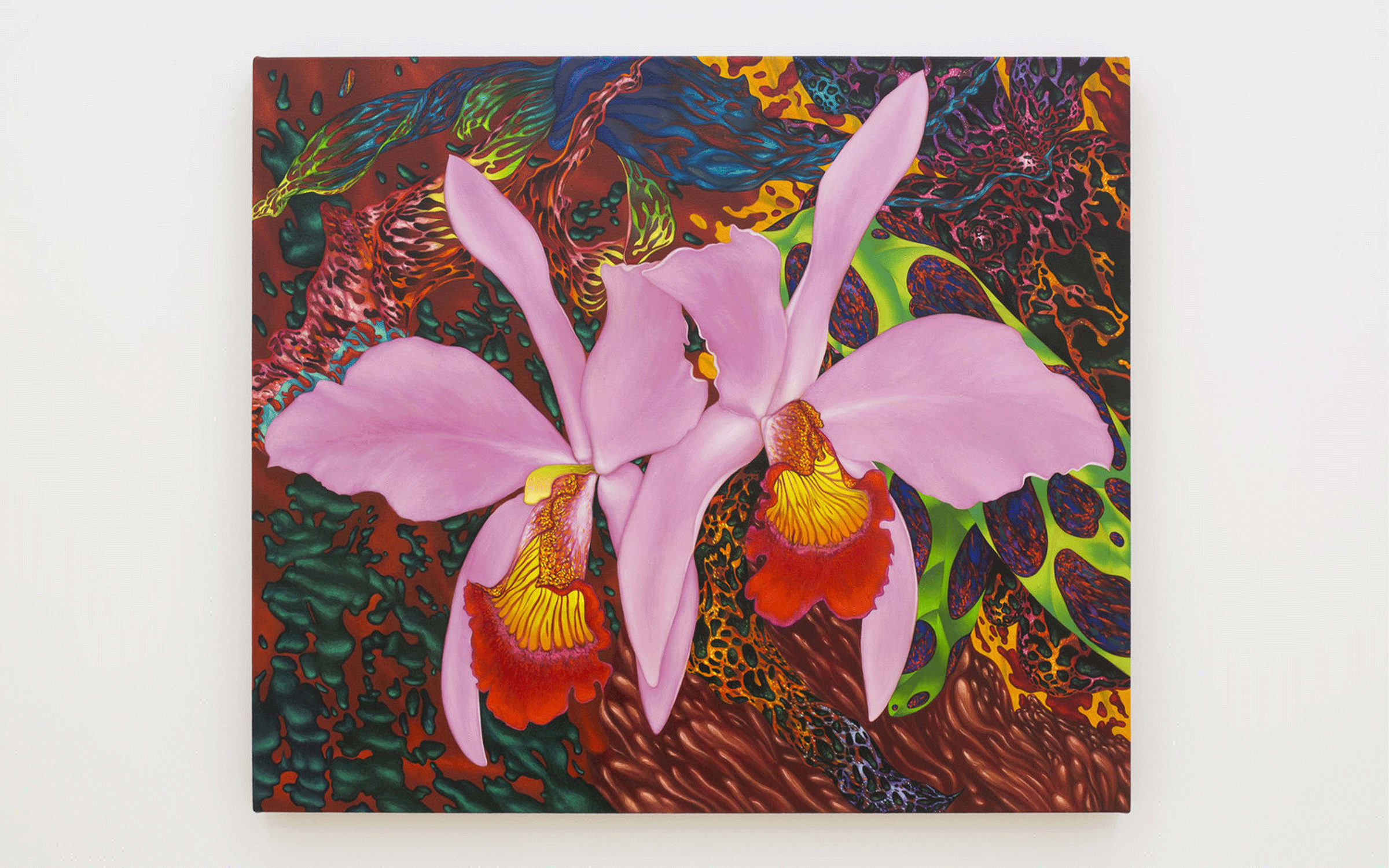I recently bumped into my friend and fellow Angeleno comedian, Will, on his 40th birthday. Will is a talented, hilarious, worldly person. His stage presence is louche, confident, and he has just welcomed a child into the world. I asked him how he was planning to celebrate, and was mildly surprised to see him sheepishly unearth a small brown bag from under his arm, pull a brand-new tarot deck from it, and sigh.
‘I don’t know, man,’ he said.
‘Well,’ I replied, ‘I guess you’re going to find out.’
We both laughed at his resignation – a sign of the ubiquity of divination in Los Angeles, especially astrology and tarot, and the mini-crucible it can present to anyone working in the culture industry.
The utility of astrology is flavored by the political mood. In the winter of 1952, the Los Angeles Times advised Geminis to ‘Use utmost care in handling funds involving others,’ whereas my most recent horoscope (Sagittarius, if you must) from the wildly popular Poet Astrologers Twitter account (@poetastrologers), exhorts me to ‘Go into the space with blue and purple’ this week. My friend and current Los Angeles Times columnist Carolina Miranda noted to me that James Fuentes’s new gallery space on Melrose Avenue is just down the street from Templo Santa Muerte, which is just around the corner from David Zwirner’s new spaces, and she suggested I get my cards read there before visiting David and James. I plan on it – ostensibly going with blue and purple as well. In a city which is home to thousands of artists and – according to the latest reports – hundreds of galleries, how does the art world handle a subject that hovers somewhere between spiritual practice and passive entertainment?
In art, astrology (and tarot, which is a separate form of divination but is often practiced in tandem) take on many mantles – as content, subject matter, methodology, and even curatorial strategy. No Moon LA is an exhibition space run by artist Peter Tomka and the artist and astrologist Marty Windahl. Tomka came to Windahl in 2015 seeking guidance for a broken heart – he was referred to her by another artist. (‘I’d say about 90 percent of my clients are artists,’ Windahl told me over the phone.) Exhibitions open with each new moon. Tomka curates the solo presentations and Windahl writes gorgeous texts based on the artist’s birth chart and her conversations with them. I asked Tomka about belief. ‘Of course there are levels of investment,’ he said, ‘For some, astrology is an icebreaker, something you talk about at parties. I was going into it more as a conversation topic. The goal of No Moon is to facilitate dialogue around photography in LA. The program only shows locally based artists doing photography-based work.’ Windahl echoes the sentiment: ‘It’s really beautiful that No Moon is a photography space. The way photography works with light is very similar to how an astrologer understands the phases of the moon.’
The question of belief circles conversations about contemporary astrology like a drunk, and in LA, one must orient oneself to it, either playfully or dismissively. ‘Oh her? I don’t know her.’ ‘Oh her? Aha, yes, that’s my friend. You can’t take her seriously but isn’t she fun?’ One thing you can’t do is pretend she’s not there. My attenuated stance sidesteps belief altogether: ‘Oh, it’s just as a conversation starter,’ I like to say, parroting Tomka’s sentiment. Or: ‘You know I don’t buy it but so many people do it’s just a good social tool to be versed in,’ and in my most spiritually low moments, ‘Sometimes I just need something to bounce my intuition off of.’ Even advice as cryptic as ‘blue and purple’ can be generative. I asked Windahl if she would read my chart. These are not conversations I have in other cities.

What can you only do in Zurich?
Swim in the Limmat.
What do you miss most about Zurich when you are away?
Nights at Longstreet Bar when it used to be cool.
Your best advice for those just visiting?
Fall accidently in the river, eat a vegetarian currywurst, enjoy a cocktail at Kronenhalle, invite the barman of Chicago Bar to show you his panini book.
The poetics of an enterprise like No Moon might read as soft – ergo less rigorous than a traditional gallery program. I, for one, would much rather read a press release that positions an artist as would much rather read a press release that positions an artist as ‘born with Mars rising in the east, came in with the heart of a warrior,’ as Windahl writes of Juliana Halpert on the occasion of her exhibition, than one that positions the artist as one who ‘utilizes’ concepts and materials to ‘function’ as carriers of artistic content. However, there is no easy conclusion. I love conceptualism, and I love the dance between language and material that lends contemporary art its nuance. Language itself might be the drunk that circles art.
‘Modern artists are beginning to realize their spiritual duties,’ writes Michael Sadleir in his introduction to Vassily Kandinsky’s hugely influential Concerning the Spiritual in Art (1911). Sadleir believed it was the artist’s responsibility to occupy the vacuum of belief left behind by the death of god. ‘They are the spiritual teachers of the world, and for their teaching to have weight, it must be comprehensible,’ he claimed. But the idea of ‘comprehensible’ spiritual content in contemporary art is frankly shocking to me. It conjures memories to make you shudder of Christian rap and paintings of an Anglo-Saxon Jesus Christ injected into settings like, a child’s baseball game. ‘Comprehensible’ – which I have admittedly conflated with ‘explicit’ – spiritual content is precisely what I wanted to get away from and why contemporary art was so compelling – a lure away from a kind of spirituality I associated with dogma.

But the instability of visual art is precisely what creates, yet never calcifies, meaning. The paintings of Angeline Rivas seamlessly compact a plethora of comprehensible spiritual content – thalassic abstract forms that conjure references ranging from Ken Price to Hilma af Klint to Carl Sagan to crystals – yet tether them to something more particular and hilarious than mere content. Standing in front of them is a felt experience. They have the same unmooring sensation as being with Robert Irwin’s slick spray-painted disks from the 1960s, but Rivas’s airbrush leans toward an acid-bright Lisa Frank range of colors. She undermines the preciousness of her own references with bits of painting tape left on the canvas and names and dates doodled in the margins in spidery writing – the kind we used to scratch our crush’s name into our desks at school. The question of belief versus irony is moot. It has melted into the care of her brush and the unity of her movements.
Rivas, coincidentally, was a student in artist Tom Allen’s 2020 class called ‘Practical Astrology’ at ArtCenter in Pasadena. I asked Allen what he meant by deeming the class practical. ‘My sort of radical anti-conceptual idea was to teach it as a practical skill,’ he told me over the phone. ‘Western astrology is based on our observations of the planets from our vantage point on earth at a specific time and place. As a strategy, it captures a specific moment in time and gives you a whole world of information about that moment. For artists, it’s the skill of pattern recognition. It’s a way to bulk up different kinds of observation. I taught it like I would teach a studio class.’

Allen paints intense and particular portraits of flowers that to me, are quite stylish. They take the genre of still life out of the realm of allegory. The last thing I think of when looking at one of his flowers is that the flower stands for anything but itself. His supersaturated palette elevates his flora to a realm somewhere between the psychological and the psychedelic. They are also unexpectedly informed by astrology. ‘Plants have astrological correspondences as well,’ he explains, ‘so if I’m working with a Venus-rule plant, I would try to pile on those significations to intensify the energy of the work.’
That human bodies are made up of the same materials as the stars is fact, and yet so pretty to say – which is the case for few facts these days. That when we look at stars we are in a sense time-traveling, apprehending the ghosts of long-burned-out celestial bodies, is a fact. That the gravitational pull of the moon causes the ocean to bulge at the places furthest and closest to the moon, stretching out like the ambivalence of desire, is a fact, albeit dressed in a simile. I too, have been under the spell of a painting or a lover and felt the ineffable pull of a tide within. Adorno apprehended a public body which cultivated a passive relationship to astrology. But in this place (LA) at this time (end of history?) we are each doing our own dance with the drunken lady of belief.
Will bought his own tarot cards, after all.
Christina Catherine Martinez is a writer, actress, and comedian in Los Angeles. She is a recipient of The Andy Warhol’s Foundation Arts Writers Grant and author of the essay collection ‘Aesthetical Relations’ (Hesse Press, 2019).
Angeline Rivas' exhibition 'MKUltramarine' is on view at Chris Sharp Gallery through July 29, 2023.
Tom Allen is represented by Chris Sharp Gallery (Los Angeles), The Approach (London), and Air de Paris (Romainville).
Published on July 8, 2023.
Caption for full-bleed images, from top to bottom: 1. Artwork detail in Giò Maroni's booth at Art Basel in Basel 2022. A dark filter was applied over the image for readability. 2. Angeline Rivas, Saganism (detail), 2023. Courtesy of the artist and Chris Sharp Gallery. 3. Installation view of Peter Holzhauer exhibition’s ‘Untitled’ at No Moon LA, Los Angeles, 2022. Courtesy of the artist and No Moon LA. 4. Tom Allen, The Miracle (detail), 2021. Courtesy of the artist and Chris Sharp Gallery.